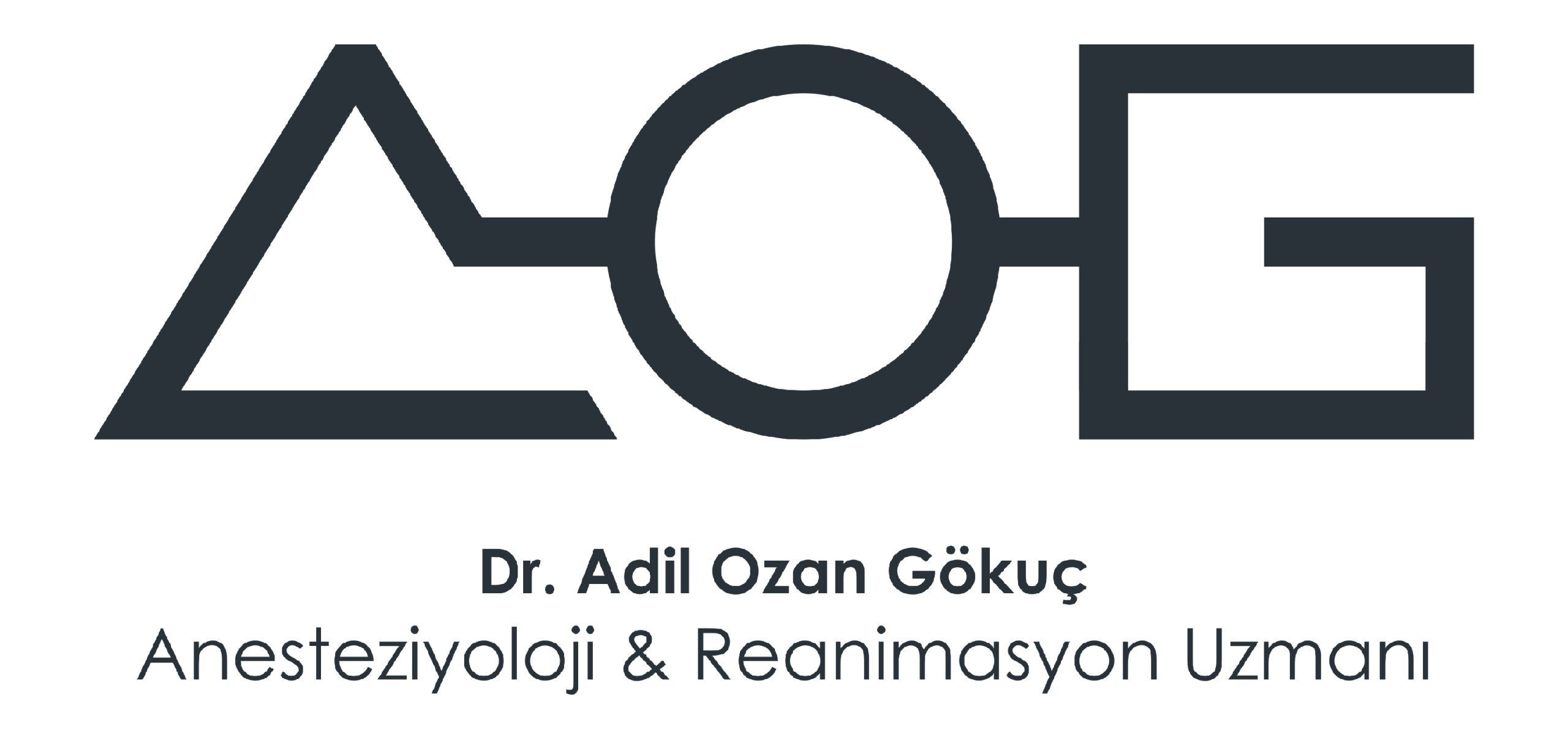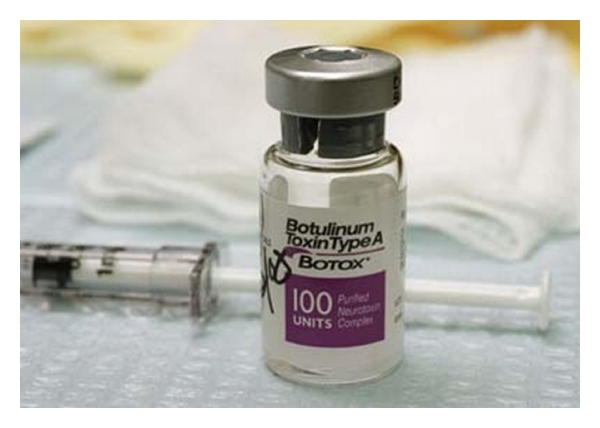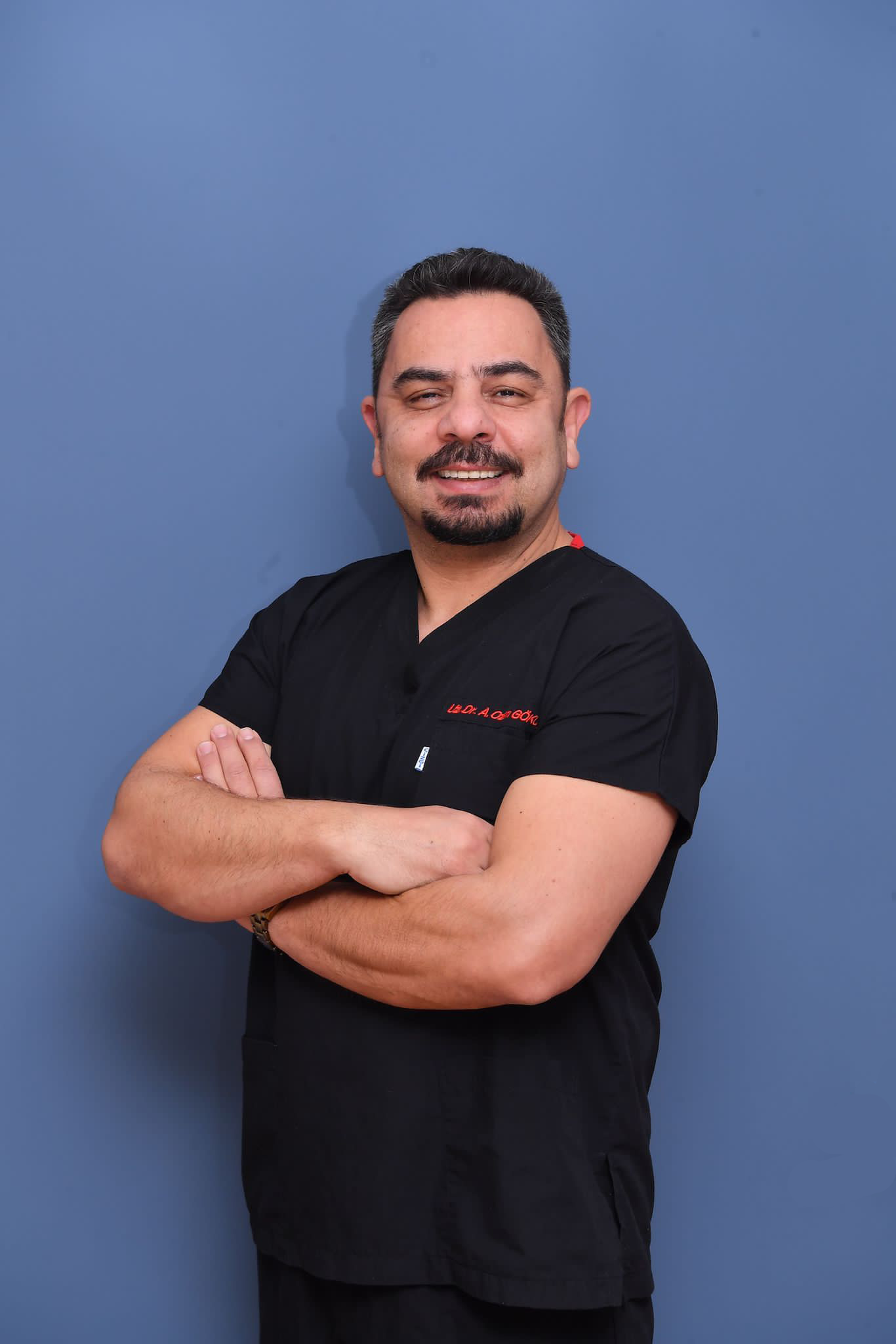What is PRP?
PRP (Platelet Rich Plasma)
Platelet rich plasma (=platelet rich plasma), ie PRP, is a substance obtained from platelets in the blood, whose main task is to stop bleeding by providing clotting. Platelets; In case of any injury, they come to the cut site by blood and, when activated, they release many growth factors that allow new tissue formation to the environment as well as stopping the bleeding. It has been proven by studies that these cells help regeneration in the injected tissue (bone, cartilage, nerve, connective tissue, tendon), even if there is no injury. Growth factors increase the functioning of new collagen-producing cells, as well as ensure that the substances necessary for new collagen are transferred to their location.
How is PRP obtained?
In order to obtain PRP, the blood taken from the patient is transferred to a special tube and centrifuged according to a specified protocol, and platelet serum with increased platelet density three to four times is obtained. After all, this concentrated platelet-containing serum also means intense growth factors.
What does PRP and Growth Factor do?
Condensed platelets increase the functioning of new collagen producing cells by secreting growth factor where they are injected, even if there is no injury to the tissue, and they also ensure that the substances necessary for new collagen are brought to their location. Thus, new collagen production and a brighter, more energetic appearance are obtained in facial injections.
What are the benefits of PRP?
The application areas of PRP are treatment of fine wrinkles caused by aging, reduction of stains, increase of skin elasticity, reduction of porous appearance, recovery of skin moisture and obtaining brightness. PRP application, which is a kind of mesotherapy process, cannot give the desired result with a single session, with repeated applications at regular intervals, the skin is more resistant to external factors and aging is slowed down. PRP; By using it together with processes such as dermapen, filler, laser, chemical pelling, it also increases their effectiveness. It is also used to reduce shedding in sheet leather and increase sheet thickness.
How is PRP applied?
After taking 20 ml of the person’s own blood, the serum obtained by centrifugation is put into injectors with fine needles. It is injected under the skin in the targeted areas to form a small bump. These bumps dissipate within half an hour. An average of five ml of PRP is sufficient for the entire face and neck. Three or four applications should be made with an interval of two weeks. Annual repetitions are recommended as it will be more beneficial if repeated every six months or a year.
Are there any side effects of PRP?
Since this serum is obtained from your own blood, there is no risk of allergic reaction. There is no risk of infection as all procedures are performed with sterile and disposable materials in hospital conditions. During the application, there may be small bruises where the needles prick, and these bruises disappear within 1 week depending on personal characteristics.





